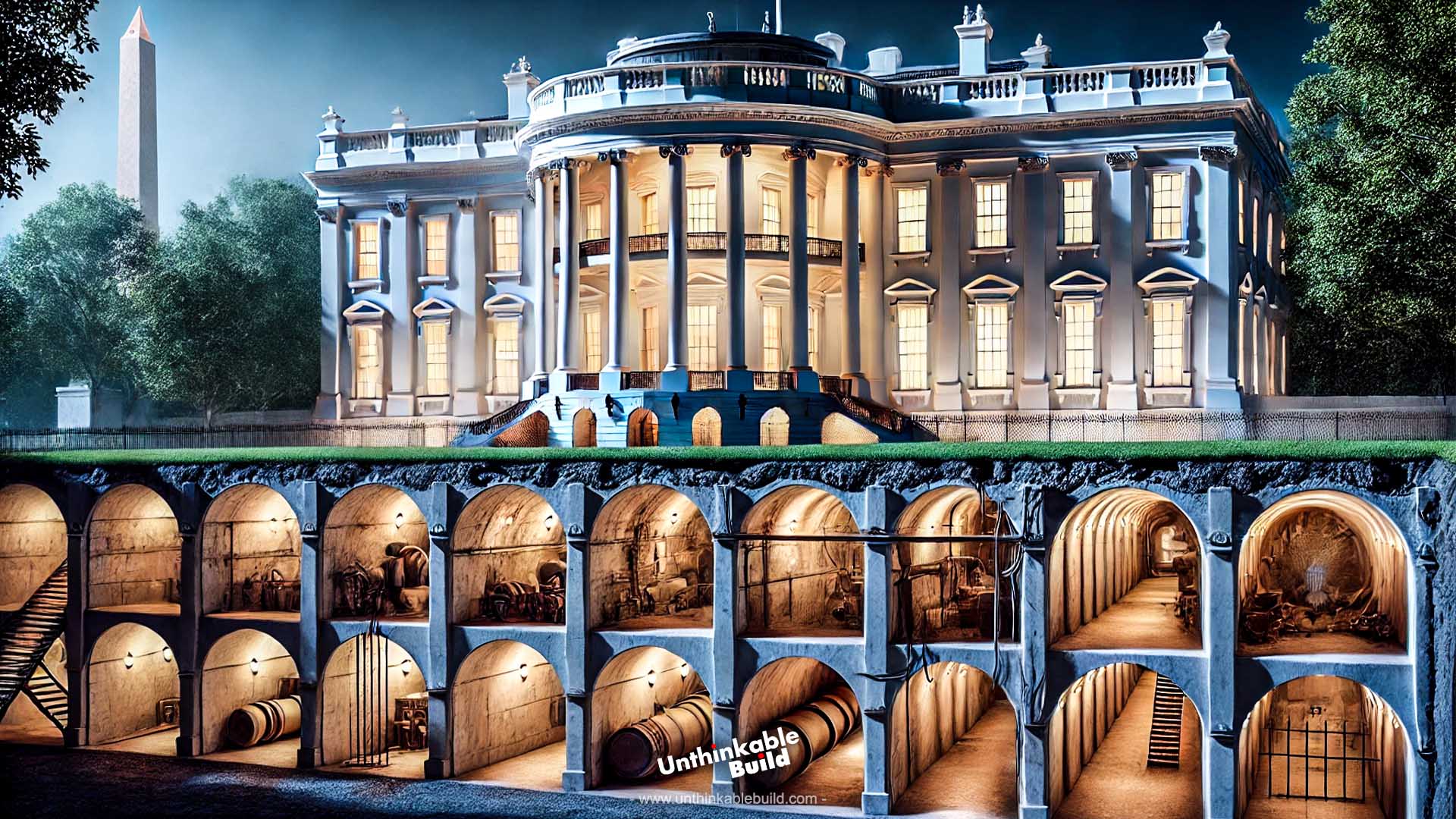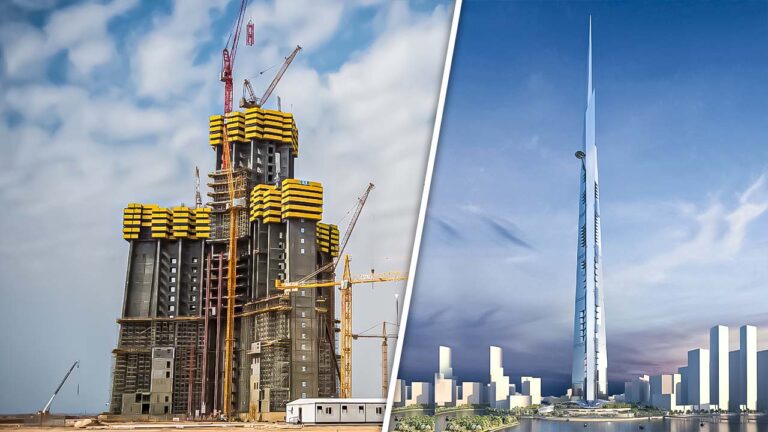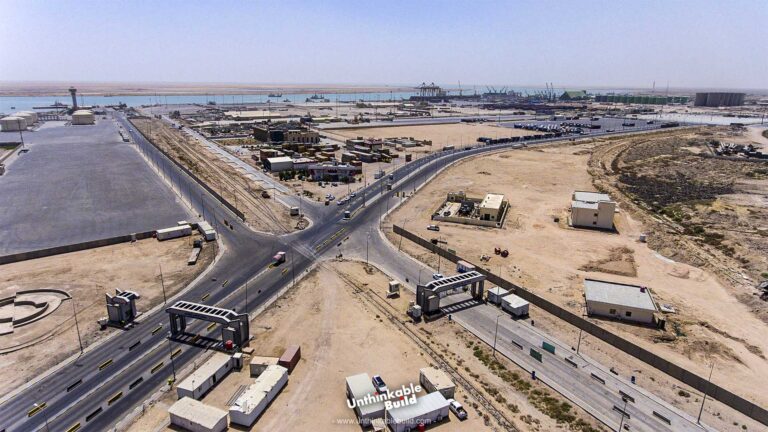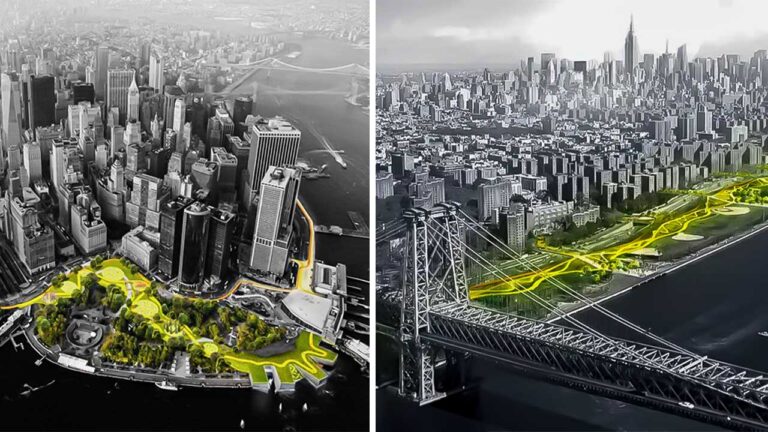The Hidden Tunnels Under the White House: Fact or Fiction?
The White House is more than just a building; it’s a symbol of power and history, often regarded as the most influential government building in the entire world. Since 1800, when the American federal administration relocated from Philadelphia to Washington, this iconic residence has been the home of the U.S. president, a leader seen as the most powerful globally. Originally known as the Executive Mansion, the White House is not just any home; it’s a three-story historic structure and the oldest federal building in Washington, D.C. Behind its stately walls, decisions that shape the nation’s future are made, and the president and their family are protected with the utmost care.
Standing majestically towards the north, the White House exudes an air of mystique that has fascinated people for generations. This iconic building is not just a symbol of power but a subject of countless tales and myths, many of which suggest that its basement conceals numerous secrets still undiscovered. If you’ve ever been fascinated by what might lie hidden in this grand structure, this video will take you on a journey through those mysteries—and by the end, you might just find the answers you’ve been seeking.
The White House has a fascinating story that begins in the 1790s. Designed by James Hoban, an architect from Ireland, this grand building was inspired by Dublin’s Leinster House, an exquisite Anglo-Irish villa. Hoban envisioned a stately Georgian mansion with three floors and 132 rooms, integrating the Palladian style that was popular at the time. The design also reflects the influences of Roman architect Vitruvius and Venetian architect Andrea Palladio, giving the White House its classic and timeless look.
Constructed between 1792 and 1800, the White House is one of the oldest public buildings in Washington, D.C. and John Adams was the first U.S. president to call the White House home. In 1800, after winning the presidential election against Thomas Jefferson, Adams made the move into the freshly completed residence. Although the White House was officially ready for its first occupant, the nation’s very first president George Washington never lived there as the building was still under construction. This impressive structure is built in sandstone, with three main floors, 132 rooms, and six levels, reflecting its splendor and importance.
Also Read: Starfish Prime: Russia’s Nuclear Weapons Set for Space?
Interestingly, the name “White House” didn’t become official until Theodore Roosevelt’s presidency in the early 20th century, who was the 26th president of the United States. The White House also has a dramatic history; during the 1812 war, British forces set it on fire. Throughout its history, the White House has seen many modifications and improvements, each adding to its rich legacy.
The ground floor of White House, originally designed for service rooms, now houses the West Wing, which includes notable spaces such as the Oval Office and the Situation Room.
The Oval Office is perhaps one of the most iconic rooms in the White House. This oval-shaped space, with large windows overlooking the South Lawn, serves as the president’s main office. It’s where the president holds meetings, signs bills, and conducts official business.
The Situation Room, located in the West Wing, is a vital hub for managing intelligence. Spanning around 464.5 square meters, this area is equipped with secure conference rooms and a duty watch station. This room was established by President John F. Kennedy in 1961, right after the Bay of Pigs invasion on the Southwestern coat of Cuba. Since then, the Situation Room has grown into a cutting-edge command center, reflecting the advances in technology and the evolving needs of the presidency. This space keeps a close eye on national and global intelligence.
The State Floor or first floor of the White House is filled with historically rich rooms, each with its own unique charm and color scheme. The Blue Room, despite its name, didn’t always have the serene blue tones we associate with it today. It featured French doors and long windows. The first lady Dolley Madison, wife of 4th US president James Madison decorated it with red velvet draperies and furniture. After a fire in 1814, the room was restored and by 1837 and was given its signature blue look. This room serves as a formal reception for the president and first lady and hosts ceremonies and social events.
The Red Room is known for its striking Pompeiian red walls, added a touch of opulence with a gold-leaf stenciled cornice and ceiling medallion. The ceiling’s star pattern, finished in gold and copper tones, adds a warm, luxurious touch. This room is often used for smaller gatherings. Lastly, the Green Room, serves as a welcoming space for guests and official events, reflecting the historical and sophisticated nature of the White House.
The second floor of White House is the primary residence for the first family, including private bedrooms, living areas, and family rooms. Historical figures such as Abraham Lincoln and Theodore Roosevelt have resided on this floor, making it a significant part of the White House’s history.
The third floor is dedicated to recreational spaces, including a gym and a game room. Although it is less public than the lower floors, it provides essential areas for leisure and relaxation for the first family.
Across from the residence building is the East Wing that adds more office space to the White House. This area is home to the First Lady’s offices and the office of the White House social secretary.
While we are familiar with many of the public spaces of the White House, there are some areas that remain a bit of a mystery. For instance, there’s the Presidential Emergency Operations Center or PEOC, underneath the East Wing. It’s a secure bunker designed to protect the president and key staff in case of a serious emergency. This bunker is built to endure nuclear blasts and other major disasters. It even has its own power and air filtration systems to ensure survival in extreme conditions.
The PEOC grabbed headlines during the 9/11 attacks when Vice President Dick Cheney and other senior officials took shelter there. But just how long it has been hidden away and what else might be tucked away in those secretive spaces is anyone’s guess. It’s one of those exciting mysteries that leave us wondering what other secrets the White House might be keeping.
Also Read: Arctic Passage: A Game-Changing $43 Billion Sea Route
The boundary of the White House is also heavily protected. Its 3.3 meters high fence is equipped with sensors that detect any pressure on the bars. All the windows of White House are bulletproof, able to withstand multiple shots from semi-automatic weapons, ensuring the safety of the president and staff. Plus, the area is constantly monitored by the Secret Service agents and U.S. Park Police.
The White House is located within a 24-kilometer flight restriction zone around Ronald Reagan Washington National Airport, with the airspace being closely monitored. There are surface-to-air missile launchers ready to intercept any unauthorized aircraft, while the building is equipped with roof-mounted radar to keep an eye out for potential threats.
Despite all its grandeur and the significant decisions made within its walls, one of the most charming aspects is that it remains the only residence of a head of state that’s open to the public free of charge, though visiting it is not as simple as dropping by for a quick tour.
Could the U.S. government be keeping something hidden beneath the White House, perhaps secret files linked to the 1947 Roswell conspiracy or other alien encounters, hidden archives with sensitive historic documents and unexplained incidents throughout history? With so much intrigue surrounding many other mysteries, the true details of what’s under the White House are closely kept secrets. It is tempting to wonder what might really be locked away in the depths of one of the world’s most secure locations.







